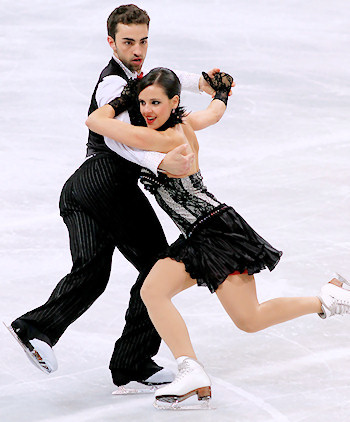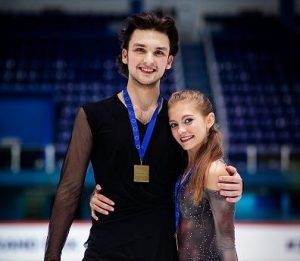When you found out that the pattern was removed from the rhythm dance, what was your first thought?
Elizaveta Khudaiberdieva: First I exhaled, because rumba is a rather complicated dance, very edgy. We taught it for about three weeks. We were preparing because there were already rumors that there would be a rumba. The first reaction is to exhale, because that would be the keypoint anyway. But then – you don’t understand. How then does rhythm dance differ from free dance? The fact that I don’t touch my partner in twizzles?
Ice dancing is already a super-subjective sport. A pattern part in a rhythm dance is what makes it possible to distinguish a good pair from one that is slightly worse. Because there is a scheme of how it should look, the depth of the edges, the accuracy of the edges, the exact execution and timimg. The difficulty of performing compulsory dances is that all people are different, everyone has a different working leg, but everyone has the same steps. And you must show the skill, show this dance exactly as it is drawn or told at the ISU seminar.
The pattern has criteria for bonuses: speed, musicality, edge, silence. And the choreo element is, in fact, a matter of taste: someone likes it if I stand and do only the choreography with my hands, but someone doesn’t like it. Someone will like that I am making a cart wheel, and someone will say that it is too acrobatic.
Previously, in the partial step sequence, five steps had to be completed clean for each partner to reach the fourth level. A total of 10 steps. And now you need to make a clean four, that is, two for each partner. More than cut in half. Plus, you can choose any step for yourself that is convenient for you.





 because this is indeed the best way to distinguish between the bests. Don't understand this choice at all by the FSU.
because this is indeed the best way to distinguish between the bests. Don't understand this choice at all by the FSU.


